Collimation is a crucial aspect of using a telescope and can greatly affect the quality of the images you see through the eyepiece. This helps to produce sharp, accurate images and ensures that the telescope is working at its best. For these reasons, it is very important for beginners to learn how to collimate a telescope.
In this guide, you will learn:
- What it means to collimate a telescope.
- How to determine if you need to collimate a telescope.
- The steps to collimate a telscope.
- Tips to be successful.
What Does it Mean to Collimate a Telescope?
How Collimation Works
Collimation works by aligning the optical elements within the telescope so that all the light entering the eyepiece or camera is properly directed and focused onto the same point.
This helps to produce a sharp, accurate image with good detail and contrast.
In a telescope, light enters through the objective lens or mirror and is then reflected or refracted by various other optical elements, such as secondary mirrors and diagonal mirrors, before reaching the eyepiece.
The process of collimation involves adjusting the position of these optical elements until the light entering the eyepiece is properly directed and focused.
Collimation refers to the alignment of the optical elements in a telescope so that they work together to produce a properly focused image.
Why it is Necessary to Collimate a Telescope for Clear Images
Collimation is necessary for clear images because it ensures that all the light entering the eyepiece or camera is properly directed and focused onto the same point.
If the optical elements in the telescope are not properly aligned, the light entering the eyepiece will not be properly directed and focused, leading to a blurry or misshapen image.
A properly collimated telescope will produce images with good detail and contrast, making it easier to observe and enjoy the night sky.
When to Collimate a Telescope
How Often Do You Need to Collimate a Telescope?
The frequency with which you need to collimate your telescope depends on a variety of factors, including the type of telescope you have, how often you use it, and the conditions under which you use it.
There are some circumstances where you may need to collimate more often. For example, if you frequently transport your telescope from one location to another, it may become misaligned more often and require more frequent collimation.
If you notice that your images are becoming increasingly blurry or out of focus, it may be time to collimate your telescope. I will cover this more in the next section.
In general, it’s a good idea to collimate your telescope before each observing session to ensure that it’s producing the best possible images.
Signs That You Need to Collimate a Telescope
It’s important to be aware of the signs that indicate it’s time to collimate. Here are some of the most common signs that you need to collimate a telescope:
Blurred or elongated stars
The stars in your images appear blurred or elongated
Poorly focused images
You’re having trouble getting your images in focus.
Off-center images
If the stars or other objects in your images appear off-center.
Unusual star shapes
The stars in your images appear in unusual shapes, such as doughnuts or comets.
Uneven brightness
You notice that one side of your image appears brighter than the other.
How to Collimate a Telescope
Common Tools Used to Collimate a Telescope
There are several tools that can be used to help with the collimation process, depending on the type of telescope you have and the level of precision you are looking to achieve.
Some common tools used for collimation include:
- Collimation eyepiece: This is a special eyepiece that has crosshairs or other markings to help align the optical elements in the telescope.
- Laser collimator: A laser collimator is a device that projects a laser beam through the center of the telescope's optical elements, making it easy to align them correctly.
- Collimation cap: This is a cap that fits over the end of the telescope and has special markings to help align the optical elements.
- Cheshire eyepiece: A Cheshire eyepiece is a special tool that is used to view the reflection of a bright light source in the objective lens or mirror, making it easy to see any misalignment.
I recommend purchasing a laser collimator, such as the SVBONY user-adjustable laser collimator. This collimator makes the alignment process quicker and less tedious.
With seven brightness levels for the red laser beam, it adapts to various lighting conditions, ensuring superb alignment during both day and night for clearer telescope images.
Its high-quality solid metal body guarantees long-term use, and it comes with a CR2032 battery and comprehensive instructions for precise reflecting telescope alignment.
Featuring triple cemented lenses for red dot stability and quick alignment, this collimator outperforms manual methods, providing faster and more accurate results.
Instructions for Collimating a Telescope
The process of collimating a telescope can vary depending on the type of telescope you have and the tools you are using, but here is a general outline of the steps involved:
Gather your tools
Before you begin, make sure you have the necessary tools ready. You'll need a collimation eyepiece or a laser collimator, a screwdriver (usually a Phillips head), and possibly a wrench, depending on your telescope model.
Choose a Suitable Location
Select a location with good lighting conditions and a clear view of a distant object (like a bright star or distant tree) to assist with the collimation process. Avoid windy conditions that could cause the telescope to shake.
Insert the Collimation Eyepiece or Laser Collimator
If you're using a collimation eyepiece, insert it into the focuser like a regular eyepiece. If you have a laser collimator, insert it into the focuser and secure it.
Center the Primary Mirror (if Needed)
For some telescopes, you may need to center the primary mirror. If it's off-center, adjust the screws or bolts on the back of the telescope until the reflection of the collimation tool is centered.
Adjust the Secondary Mirror (if Needed)
If your telescope has a secondary mirror, adjust it until it reflects the collimation tool's laser or the crosshairs of the collimation eyepiece precisely in the center.
Align the Secondary Mirror (if Needed)
Some telescopes require secondary mirror alignment. Use the collimation tool to ensure that the reflection is concentric within the primary mirror.
Collimate the Primary Mirror
If your telescope has a central spot on the primary mirror, adjust the secondary mirror until the spot is centered. If there's no central spot, aim the laser collimator at the center of the primary mirror and adjust the primary mirror's screws until the laser dot returns to the laser collimator's center.
Check Collimation
After making adjustments, check the collimation. If using a collimation eyepiece, the crosshairs should be concentric with the central marker. If using a laser collimator, the laser dot should be centered. If not, make further adjustments as needed.
Lock Down the Adjustments
Once you're satisfied with the collimation, tighten any screws or bolts that you loosened during the process to secure the adjustments in place.
Test Your Telescope
Take your telescope out for a test viewing. Observe a distant object or celestial body. If the object appears sharp and well-focused, your collimation is successful. If not, repeat the process until you achieve the desired results.

Tips to Successfully Collimate a Telescope
Collimation can be a delicate process, but with a little practice and some helpful tips, you can get great results.
Here are tips for a successful collimation:
- Practice regularly: Collimation is a process that requires practice to get right, so make a habit of checking and adjusting your telescope regularly.
- Start with a clean telescope: Before collimating your telescope, make sure it's clean and free of any debris that could obstruct your view or affect the alignment of the optical elements.
- Be patient: Collimation can take time and persistence, so don't get discouraged if it takes a few tries to get it right. Take your time and be patient, and you will get the results you want.
- Make small adjustments: When making adjustments to the position of the optical elements, make small adjustments and check the results often. Over-adjusting can be just as bad as not adjusting at all.
- Check the collimation in different lighting conditions: Light can have an impact on the way your telescope performs, so make sure to check the collimation in a variety of lighting conditions to ensure that it's performing well in all conditions.
- Use the right tools: The tools you use can make a big difference in the results you achieve, so make sure you are using the right tools for your telescope and your level of experience.

Learning how to collimate a telescope is critical for producing high-quality images. By aligning the optical elements of the telescope, you can ensure that light is entering and exiting the instrument correctly, producing sharp and clear images.
Understanding the importance of collimation, knowing how to collimate a telescope, and having the right tools on hand can help you achieve the best possible results.

Andrew
With years of experience and a passion for exploring the cosmos, I want to be your go-to destination for all things celestial. My mission is to bring the wonders of the universe to your fingertips and demonstrate how the art of stargazing and telescope therapy can nurture not only your astronomical curiosity but also your mental health. Explore the cosmos with me and discover the profound connection between the night sky and your inner peace.
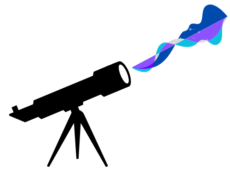

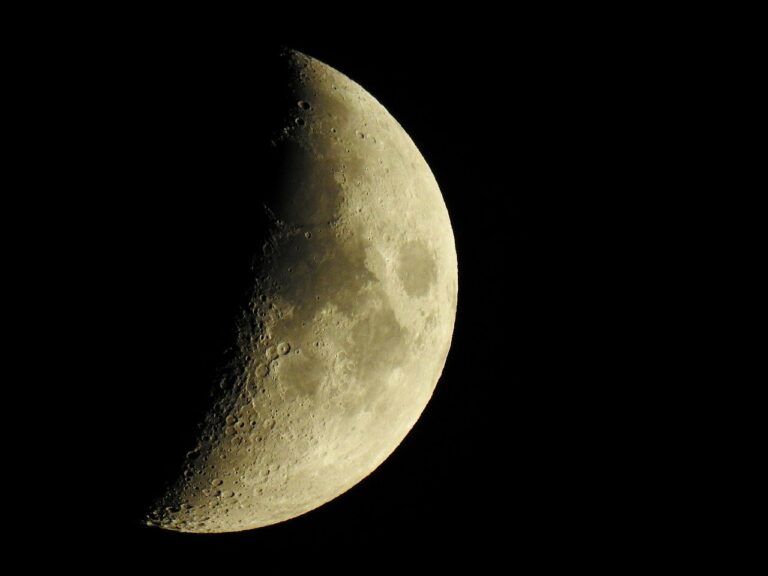
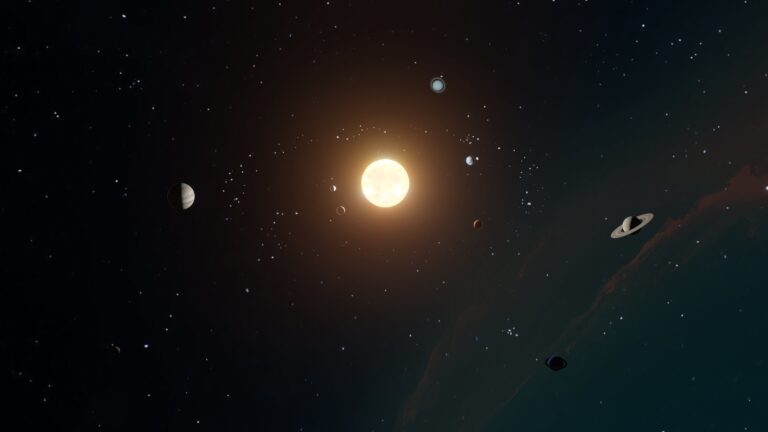

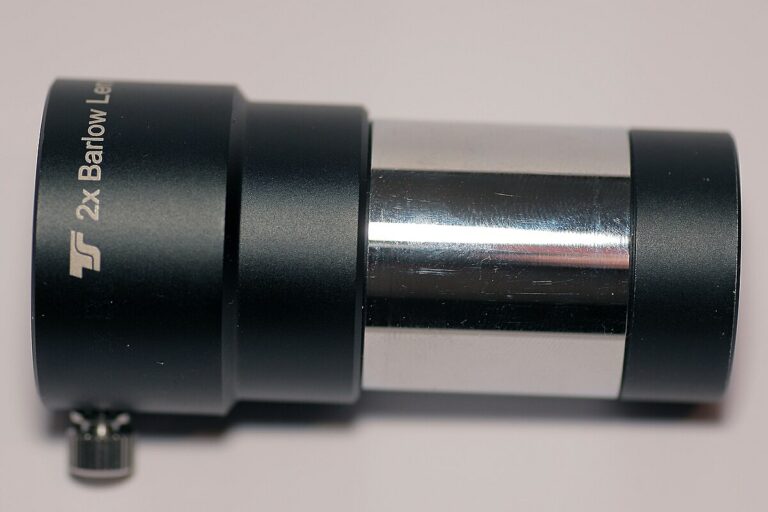
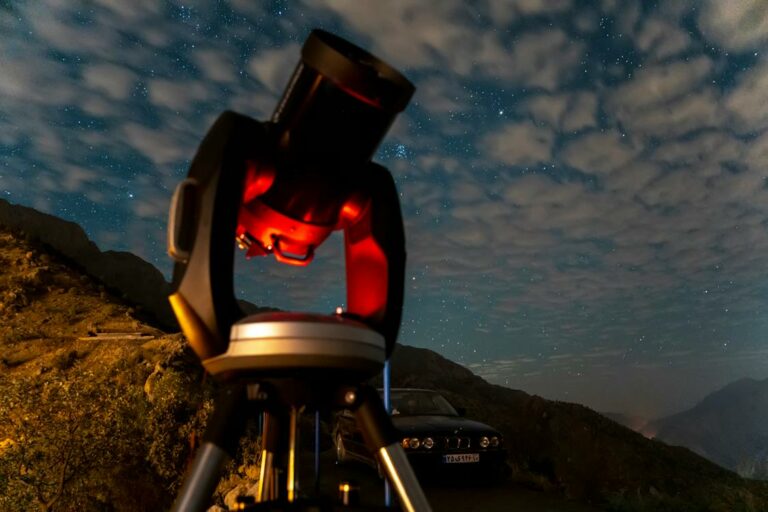

+ There are no comments
Add yours